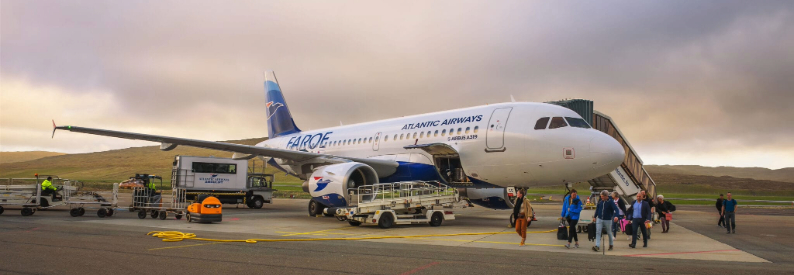Vágar Airport Targets New Routes Amid Faroe Tourism Boom

Vágar Airport’s chief executive has underscored the Faroe Islands’ surging appeal for visitors and outlined ambitious connectivity goals during a keynote presentation at Routes Europe 2025 in Seville. Situated on the rugged archipelago’s main isle, Vágar Airport (FAE) has become the gateway to one of the travel world’s fastest-growing destinations, drawing attention from outlets such as National Geographic, Lonely Planet and Forbes for its dramatic landscapes and authentic cultural experiences.
Over the past decade, the Faroe Islands have steadily built their tourism infrastructure, leveraging innovative marketing and strategic airport investments to accommodate increasing charters and scheduled flights. Since extending its runway in 2011, FAE has welcomed new carriers and routes that have driven passenger numbers from a few tens of thousands to more than 440,000 in 2024—remarkable growth given the territory’s population of just 54,000. This 4 percent year-over-year rise continued even as airlines around Europe adjusted services in response to shifting travel patterns.
Atlantic Airways, the Faroese national carrier, remains the dominant operator at Vágar, accounting for roughly 80 percent of all traffic. The airline maintains year-round connections to Oslo, Reykjavik’s Keflavik, and Billund in Denmark, providing vital links to the Nordic region and beyond. Building on that network, Atlantic Airways has recently confirmed the return of several seasonal routes for 2025, including Paris Charles de Gaulle in April, London Gatwick in May, Barcelona and Mallorca from June, and Tenerife beginning in October.
Norwegian regional operator Widerøe has also strengthened its presence, adding frequencies on the Bergen route to serve summer travelers seeking to combine Norwegian fjord cruises with a side trip to the Faroe Islands. These service expansions reflect FAE’s strategy to cultivate point-to-point connections that cater to both leisure travelers and longer-haul visitors transferring through major European hubs.
Speaking at the conference, FAE CEO Regin Jakobsen stressed the importance of balancing growth with sustainability. He identified the Nordic markets, the United Kingdom, Germany, the Netherlands and France as primary targets for new services, noting that demand was emerging from a growing cluster of adventure travelers drawn to the islands’ hiking trails, bird sanctuaries and dramatic sea cliffs. Jakobsen emphasized that further route development would be guided by environmental considerations to preserve the Faroe Islands’ pristine ecosystems.
Since opening its modern terminal in 2014, Vágar Airport has invested in operational efficiencies and passenger amenities to ensure that arrivals and departures reflect the islands’ high standards of hospitality. Automated check-in kiosks, expanded lounges, and improved baggage handling have cut wait times while the airport collaborates closely with Visit Faroe Islands to promote travel packages that seamlessly integrate flight schedules with guided tours and local festivals.
Through its membership in Routes 360, Vágar Airport has leveraged online marketing tools and event participation to showcase unserved and underserved route opportunities. This engagement has drawn interest from carriers seeking new niche markets, and FAE plans to use the platform to highlight its catchment area, which includes not only residents of the islands but visitors to neighboring territories embarking on cruise or ferry connections.
With a clear roadmap to expand scheduled flights and charter offerings throughout 2025 and beyond, Vágar Airport is positioning itself as a sustainable hub for North Atlantic travel. By fostering partnerships with legacy and low-cost carriers alike, balancing passenger growth with environmental stewardship, and continuing to modernize its facilities, FAE aims to ensure that the Faroe Islands remain an accessible yet unspoiled destination for years to come.
Related News : https://airguide.info/?s=V%C3%A1gar+Airport
